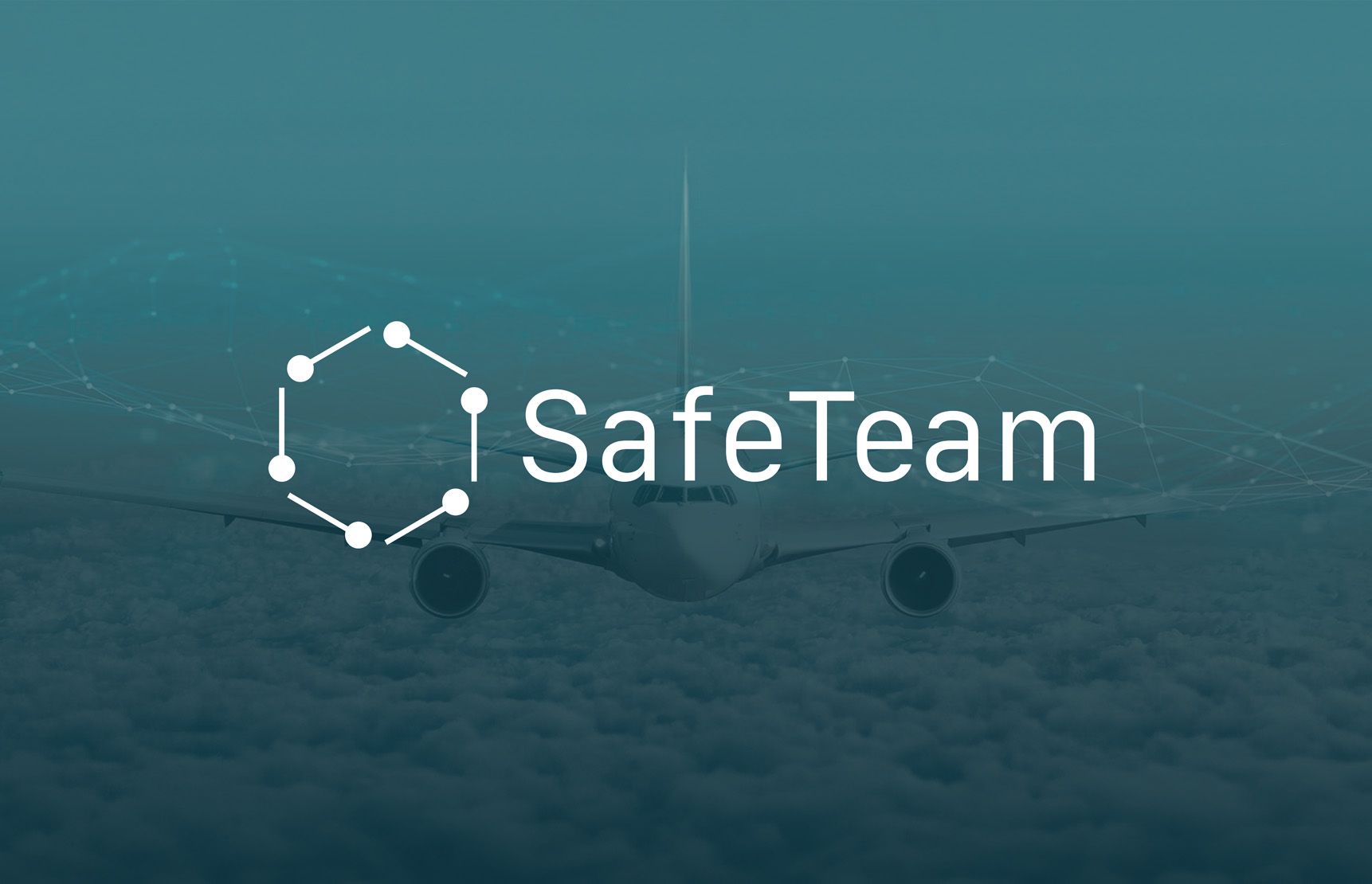Natural Language Processing (NLP) is a fast evolving branch of AI, which focuses on analysis and understanding of human languages. NLP is experiencing an incremental growth parallel with the development of better and more understandable Deep Learning models. But as with every other technology labeled as “Artificial Intelligence”, NLP is helping computers develop language understanding capabilities that surpass even humans. In January 2018, an ANN-based model developed over “Alibaba Cloud” scored better than humans in a Stanford University reading and comprehension test with more than 100,000 questions.
2018 was not only a good year for cutting-edge research, but also for NLP-based applications to mature and enter the market as feasible solutions to business problems. Let’s take a look at some evolving AI-powered trends related to NLP that shook the market last year and how they were or could be applied in aviation:

Last year (2018) trends in NLP and their impact in Aviation
Dario Martinez
1. AI-Powered recruitment platforms

Recruitment applications are one of the main benefactors of NLP research. Increasingly, companies like Adecco and iCIMS are looking at both internal and external tools that can proactively serve up jobs to candidates, even when they might not be looking. And large job boards, like Indeed, are aware of the market demands. For instance, Indeed offers candidate evaluation model that can help employers figure out a candidate’s fit for a job before they might interview them.
Hiring platforms proactively build relationships with passive candidates, reducing hiring cycles and creating a reliable, truthful interpretation for all hiring data. This means that a Machine Learning algorithm classifies the so-called passive candidates and the best time to best to reach out to them based on their career changes and development.
As aviation sometimes requires highly specific profiles, advances in recruitment platforms will ease the search for these profiles.
2. Chatbots and virtual assistants

The year 2017 was excellent for voice interfaces due to the effort from technological giants like Amazon and Google to push forward the “Smart Speakers” market. According to official data, Amazon has already sold more than 20M Echo devices with more than 20K skills available on Alexa Store. Conversational Interfaces have popped up as a solid bridge between NLP and Natural Language Understanding (NLU). But the main point of the success of conversational interfaces may be related to how Golden Krishna famously stated: “the best interface is no interface”. This means that conversational interfaces are the best approach for introducing advanced chatbots in the market, reducing the friction of new users and cutting-edge AI-based technologies.
Still, 2018 was a big year for conversational voice assistants. Big tech conglomerates are investing millions. As an example, Amazon has over 5000 people working on Alexa to make her voice more “human” or “set a timer” for “how was your day?”. There is no doubt that this tech is going to be crucial for the future of NLP applications. If further interested in conversational advances, check out Samuel Cristobal’s post.
The use of chatbots has expanded rapidly among airlines during the last couple of years as those companies realise messaging platforms are becoming the preferred communication vehicle for travellers in terms of customer service, travel planning and booking. The logical evolution would be that in the following years, airlines begin to develop conversational interfaces or connect to existing ones (e.g. Alexa “skills”).
3. Sentiment Analysis

Sentiment analysis allows computers to understand the context or intent of a conversation, comment, or feedback. It gives them the ability to distinguish between opinions, suggestions, complaints, queries, and compliments. Applications that analyse social media channels to improve social media listening are particularly important to marketing departments seeking personalised experiences for their customers. As customer opinions are very relevant to an airline success, this could be very useful in certain situations (e.g. identifying the social media complaints related to a delayed flight of the company).
Furthermore, automotive companies are beginning to use sentiment analysis in the on-board car computers. The computer will be able to classify drivers’ moods and attention levels to assist better in driving. In a certain future, automated vehicles would be able to take complete control away from the driver upon detecting emotions like anger, drowsiness, and anxiety to prevent accidents. This is a very interesting application that (once mature) could be easily translated to Aviation. Installed in the cockpit, the system would known when the sentiments of the pilot are out abnormal and may be able to alert or even take control of the aircraft.
Conclusion
In the recent years, NLP technologies have shifted from cutting-edge research circles to mainstream big-tech companies applications. Now is the time for businesses to adopt NLP solutions, not only for improving their existing processes but also explore new revenue streams. Regarding NLP applications in the aviation industry, we have seen some early adoptions, but there is still a lot of room for innovation. In the end, those who stay agile and readily adopt the latest advances will benefit from a head start in the race.


